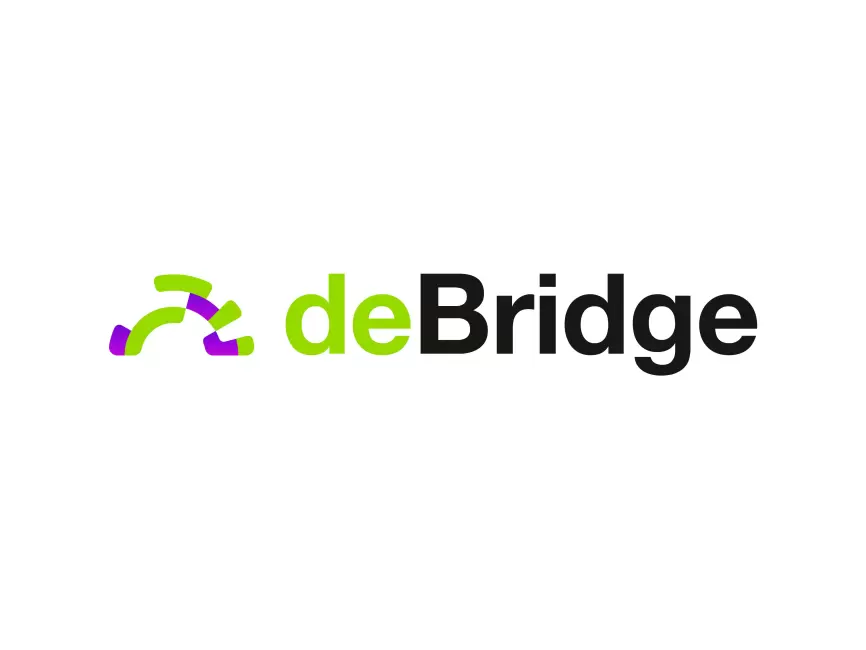Ever get that uneasy feeling when you try to move assets between blockchains and it feels like navigating a maze blindfolded? Yeah, me too. Cross-chain bridges are supposed to be the highways connecting islands of liquidity, but oftentimes they’re more like rickety footbridges over turbulent waters. Something felt off about many existing bridges—they’re either slow, expensive, or downright risky. Hmm… maybe it’s not just me noticing.
Here’s the thing. The blockchain world is exploding with new chains and tokens every day, but without seamless interoperability, a lot of that potential just stays locked in silos. Initially, I thought wrapping tokens or centralized custodians would solve this, but then realized that approach compromises decentralization and security—two pillars crypto folks hold sacred. What if there was a way to have it all?
Enter deBridge Finance. I stumbled onto their platform recently, and wow, it’s not your everyday bridge. It’s designed to be a truly universal cross-chain protocol. But what does that mean in practice? Well, rather than just facilitating token transfers, it enables arbitrary cross-chain calls, which opens the door for complex DeFi operations across multiple blockchains. That’s pretty neat.
But wait—how do they tackle security? Because, seriously, bridge exploits have been the bane of DeFi for ages. My instinct said, “There’s gotta be a catch,” but after digging deeper, I found deBridge’s layered security model quite impressive. They combine decentralized validators with on-chain governance, plus robust cross-chain verification mechanisms. On one hand, this sounds complex, but on the other, it’s a clever balance of trust minimization and practical usability.
Okay, so check this out—

I want to share some personal experience. I tried moving assets from Ethereum to Binance Smart Chain using deBridge, and the process was surprisingly smooth. No endless waiting, and fees weren’t crazy high either. (Oh, and by the way, the UI isn’t cluttered like some other bridges I’ve used.) But I’ll be honest, the real kicker was how it handled asset wrapping and unwrapping transparently, so I didn’t have to jump through hoops.
Why Cross-Chain Interoperability Is More Than Just Transfers
Most people think bridges are just about moving tokens from one chain to another—simple, right? Nope. Actually, cross-chain interoperability is way more nuanced. It’s about enabling decentralized apps on different blockchains to communicate and coordinate. Initially, I assumed this was just a future vision, but platforms like deBridge are making it tangible right now.
Imagine executing a complex DeFi strategy where you borrow on one chain, swap assets on another, and stake on a third, all in a single coordinated transaction. That’s the kind of composability that deBridge aims to unlock. But achieving this requires solving tough problems like message passing, consensus on state changes, and preserving atomicity across chains.
On one hand, you want speed and low cost. Though actually, ensuring security often means sacrificing some speed. deBridge’s approach to this tradeoff involves a dynamic validator consensus system, which adapts based on network conditions. Definitely a sophisticated solution, even if my head spun a bit trying to grasp all the technicalities.
Something else bugs me though—while deBridge is pushing boundaries, the broader ecosystem still lacks standardized protocols. So while their tech is cutting-edge, widespread adoption depends on others playing along. It’s kind of like having a shiny new universal charger but most devices still use proprietary plugs. But hey, that’s the blockchain world for ya—interoperability is a moving target.
For those curious, you can find more info on the debridge finance official site, where they break down their architecture and latest updates. I’m biased, but the transparency and developer resources they provide feel very legit compared to some sketchy projects out there.
The Road Ahead: Challenges and Opportunities
So what’s next for cross-chain bridges like deBridge? One challenge is regulatory scrutiny. With increasing attention from authorities, bridges could face hurdles around KYC/AML compliance, especially as they enable cross-border asset flows. That’s a thorny issue, and I’m not 100% sure how decentralized projects will navigate it without compromising principles.
Another hurdle is user education. Newcomers often get overwhelmed by the complexities of bridging assets safely. Even though deBridge tries to simplify the UX, the underlying concepts can be daunting. Honestly, this part bugs me because no matter how slick the tech, adoption stalls if average users don’t feel confident.
On the flip side, the rise of Layer 2 solutions and emerging chains means demand for robust cross-chain interoperability will only grow. Platforms that can provide secure, flexible, and fast bridging will become critical infrastructure—not just for DeFi, but for the entire Web3 stack. It’s exciting to watch these developments unfold.
By the way, if you’re diving into DeFi and want to experiment with multi-chain strategies, I highly recommend giving deBridge a shot. It’s not perfect—no protocol is—but it’s a big step forward from the clunky bridges I’ve used in the past.
One last thought: as the ecosystem matures, I expect bridges to evolve into full-blown cross-chain middleware layers, enabling seamless composability across chains at a protocol level. The groundwork is being laid now, and platforms like deBridge are quietly leading that charge.
Yeah, it’s a wild ride, and sometimes I find myself wondering where all this will lead. But that’s the fun part of crypto, isn’t it? The promise of decentralized, trustless interoperability finally becoming a reality. Whoa!
